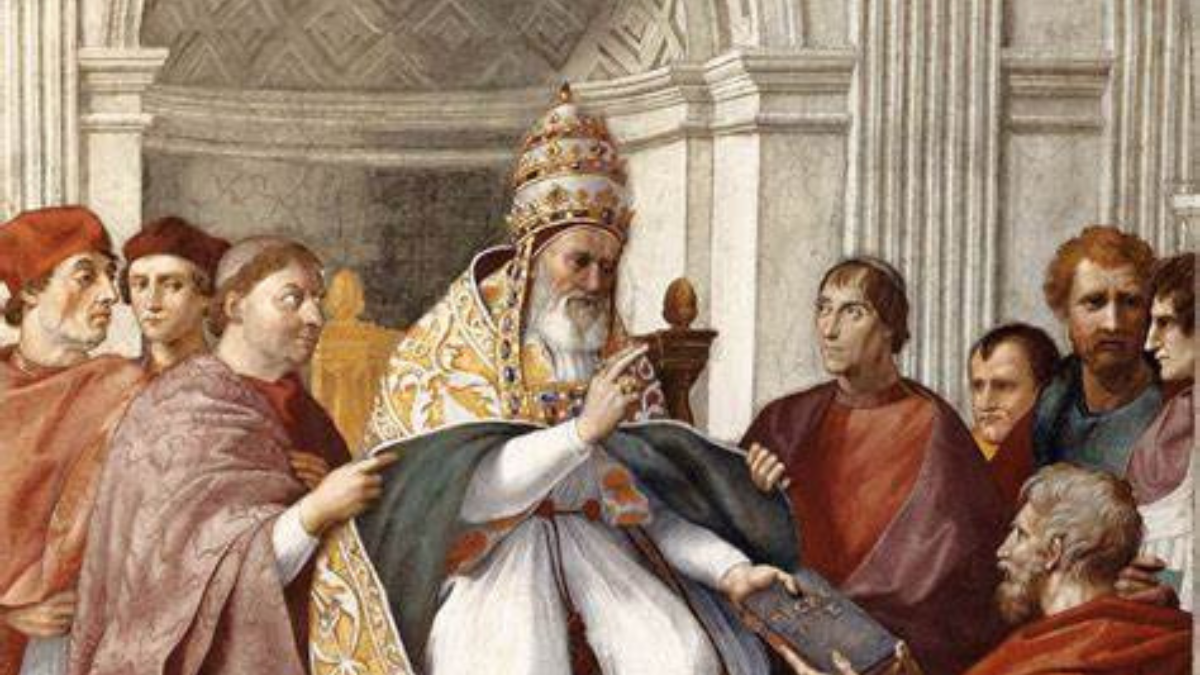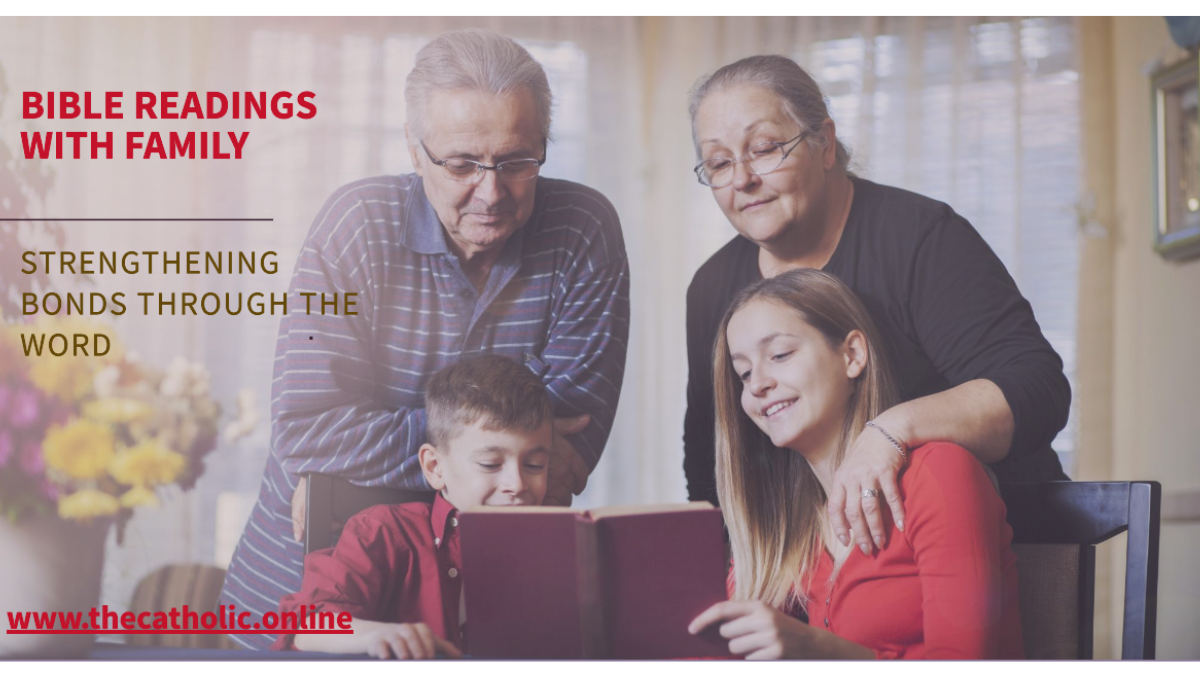
 Add to favorites
Add to favoritesPope Saint Gregory the Great
| Feast day | September 25 |
| Patron | of Cork, Diocese of Cork |
| Birth | 550 |
| Death | 620 |
Pope Saint Gregory I, also known as the Great, was the Pope of the Catholic Church between 590 and 604 AD.
Gregory was born around 540 in Rome. The exact date of his birth is unknown. Although the Western Roman Empire had collapsed long before his birth, many ancient Roman families still commanded great wealth and influence in the city. Gregory was born into one such family. His great-great-grandfather was Pope Felix III who reigned from 483 to 492. (Astute readers may suspect this to be a scandal, but this was at a time before the clergy took vows of celibacy.)
His father was named Gordianus, and he was a senator and a Prefect of Rome. Gordianus also held a position in the Church with the title of Regionarius, but there are no records from the time which describe the post. Gregory’s mother was Silvia, also from a noble family. Silvia’s sister (Gregory’s aunt), Pateria are both recognized as saints in the Catholic and Orthodox churches. Gregory had a brother, but nothing is recorded, neither his name or his fate.
Gregory’s family was very wealthy and owned estates on the island of Sicily which provided income.
When Gregory was just two years old in 542, the Plague of Justinian swept through the region. This plague was caused by a now-extinct strain of Yersinia Pestis, more commonly known as the Black Death. The plague was the most severe outbreak of deadly disease the world had ever known and remained the worst such incident until the Black Death in the 14th century. About a third of the population in Italy was wiped out by the disease.
In addition to disease, the barbarian Ostrogoths sacked Rome in 546. The Franks attempted an invasion in 554. Both of these incursions were short lived. It is unclear how these massive events impacted Gregory’s development as a child, but it is thought his family retreated to Sicily during part of that time. Peace followed in Italy after these upheavals.
Gregory was well educated and excelled in all his studies. He also became an expert in law. He excelled so much he became the Prefect of Rome, just as his father had been. Gregory was only 33 years old.
After Gregory’s father had died, Gregory had the family villa in Rome converted into a monastery. Today the monastery still stands as the San Gregorio Magno al Celio. This famous monastery fell into ruin in the following centuries but was restored during the 17th and 18th centuries.
As a monk, Gregory was hard and strict. When a monk on his deathbed confessed to stealing three pieces of gold, Gregory ordered he be left to die alone. After the poor monk had died, Gregory ordered his body thrown on a dung heap along with the three coins. Then, in a turn of heart, Gregory offered 30 Masses for the deceased monk.
Pope Pelagius II, who reigned from 579 to 590, chose Gregory to serve as an ambassador to the imperial court in Constantinople.
The Pope had a problem with the Lombards invading from the west. Gregory was ordered to request military aid from the emperor. But the emperor felt there were greater threats to the east, and he refused Gregory’s request.
In 590, Pope Pelagius II died, and Gregory was proclaimed pope by acclamation. This was not something Gregory wanted, but he accepted the burden nevertheless.
Gregory made clear he preferred the monastic life in a series of writings praising it. He also referred to himself as a servant of God. The habit remains in practice to this day and many clergy still refer to themselves as servants.
Pope Gregory was famous for the emphasis he put on missionary work. He sent many people out to bring many to Jesus and into the Church. Anglo-Saxon Britain was, at that time, still on the frontier of Christendom. It was Pope Gregory who dispatched St. Augustine (of Canterbury) to Kent in 597 (not to be confused with St. Augustine of Hippo).
Pope Gregory made many changes to the Mass, some of which remain today, The position of the Our Father in the Mass remains where Pope Gregory placed it.
He emphasized the aspect of service to the poor for deacons. The number of deacons was increasing in number and they were seen as less essential as extensions of the Bishop than they were in the early Church. Deacons were often tasked with giving alms to the poor, and at least one was assigned to each church and ordained for this purpose.
Pope Gregory may have also established “cantus planus,” known in English as plainchant. Most today know this style of singing as Gregorian Chant. The melodious, monophonic music is known throughout the Church and closely associated with medieval monasteries. Gregorian chant gives us the oldest music we still have in the original form, some dating to the centuries just after the death of Gregory. It remains a matter of some dispute just how involved Pope Gregory was in the development of the style. Some music historians argue the credit is a misattribution that rightly belongs to his less famous successor of a century later, Gregory II.
Pope Gregory was well known for his alms to the poor, and he gave quite generously of the riches donated to the Church by the wealthy people of Rome. Everything from money to land was given to the poor in some fashion. He made clear to his subordinates that their duty was to relieve the distress faced by the poor.
He ordered his clergy to go out into the streets to find and care for the poor in person. Any clergy who were unwilling to go into the streets and help the poor were replaced. Assets of the Church were liquidated to provide income for alms. Clergy doing this work were paid four times a year and given a gold coin as a sort of bonus.
When a famine struck Rome in the 590s, Pope Gregory ordered the Church to use its assets to feed the poor. At that time, the Church controlled nearly two thousand square miles of land, overseen by the clergy and used to generate income. Now, instead of selling the produce of the land, Pope Gregory ordered it shipped to Rome and given away for free. In this way, he saved thousands of people from certain death.
Pope Gregory himself refused to eat until his monks returned from their work of handing out food.
He also made certain to dine with a dozen poor people at each meal.
Gregory is widely considered the be the first medieval pope, and he was a prolific writer.
Because of his great respect for the poor, it was Pope Gregory and the Church that became the most respected –and obeyed force in Rome and across Italy.
From the time of Gregory onwards, the people looked to the Church for government rather than the distant and indifferent emperors in Constantinople.
Pope Gregory suffered from arthritis in his last years. He died on March 12, 604 AD. He was immediately proclaimed a saint by means of popular acclaim.
Saint Gregory’s relics remain in St. Peter’s Basilica to this day.
In 1969, the Second Vatican Council moved Saint Gregory’s feast day from March 12 to September 3 so it would not fall during Lent. During Lent, there are no obligatory memorials. The Eastern Orthodox Church also venerates Saint Gregory, honoring him on March 12.
Both Anglican and Lutheran Christians also venerate Pope Saint Gregory.
He is the patron saint of musicians, singers, students, and teachers.
Views: 31


